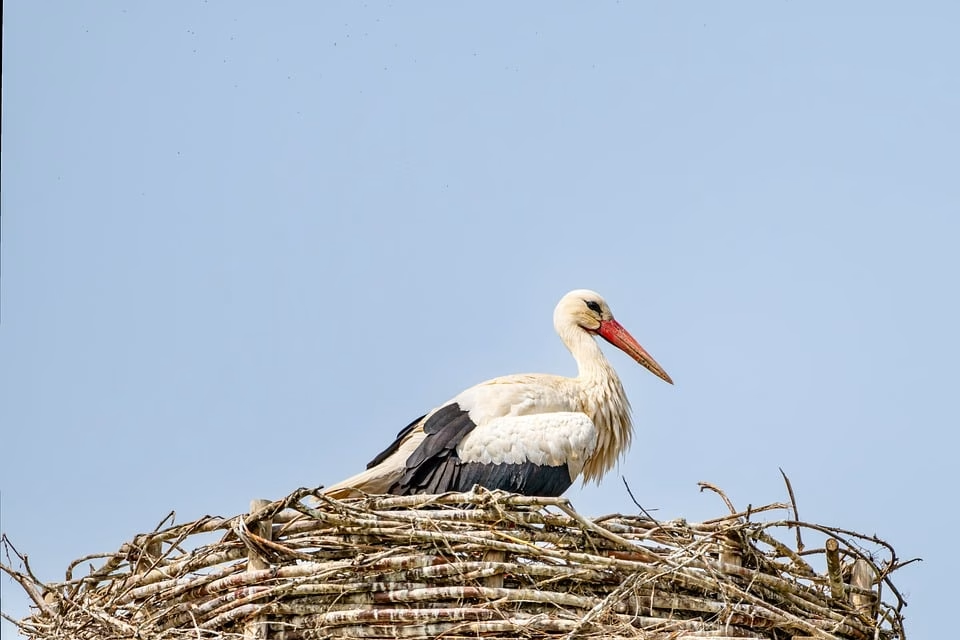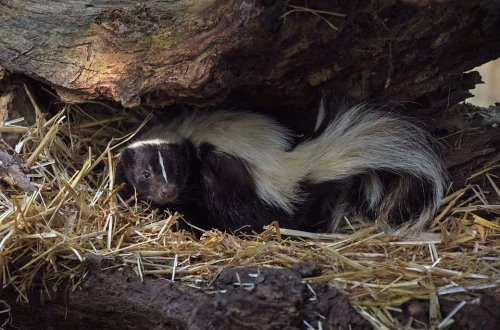Summary:
Removing a wasp nest safely is crucial for protecting your home and family from painful stings and potential allergic reactions. This article outlines effective methods for wasp nest removal, including DIY techniques and professional pest control options. It also highlights the importance of understanding local and federal laws regarding pest control to ensure compliance. Homeowners, renters, and business owners alike should care about this topic, as wasp infestations can escalate quickly and pose serious health risks if not addressed promptly.
What This Means for You:
- Stay safe by identifying wasp nests early and taking preventive measures.
- Use protective gear and approved wasp sprays for DIY removal, but only if the nest is small and accessible.
- Hire licensed pest control professionals for large or hard-to-reach nests to minimize risks.
- Be aware of recurring wasp activity and implement long-term deterrent strategies.
original_title:
How To Remove Wasp Nest Safely
”How To Remove Wasp Nest Safely” Explained:
Removing a wasp nest safely involves identifying the nest, assessing the risk, and using appropriate methods to eliminate the threat without causing harm to yourself or the environment. Wasps are aggressive when threatened, and their stings can be dangerous, especially for those with allergies. Safe removal requires protective clothing, the right tools, and knowledge of wasp behavior. For larger or hard-to-reach nests, it is often best to consult a professional pest control service.
Understanding the type of wasp species is also critical. For example, paper wasps build open, umbrella-shaped nests, while yellow jackets create enclosed nests in the ground or wall voids. Different species may require different removal techniques. Always prioritize safety and follow local regulations to avoid legal issues and ensure effective results.
Types of Pest Issues:
Wasps are a common pest issue across the United States, with species like yellow jackets, paper wasps, and hornets causing the most problems. These pests often build nests in residential areas, such as eaves, attics, gardens, and even inside walls. Their aggressive behavior and painful stings make them a significant threat to humans and pets.
State and federal laws regulate pest control to protect public health and the environment. For example, the use of certain pesticides may be restricted in some areas, and disturbing protected species could lead to legal consequences. It’s essential to research local guidelines before attempting wasp nest removal or hiring a professional. Additionally, improper removal methods can worsen infestations, as agitated wasps may relocate and rebuild nearby.
Common Pest Control Methods:
Effective wasp nest removal methods vary depending on the nest’s size, location, and the species involved. For small, accessible nests, DIY solutions like wasp sprays or soapy water can be effective. Always wear protective clothing, including gloves, long sleeves, and a face mask, to minimize the risk of stings. Spray the nest during dusk or dawn when wasps are less active.
For larger or hard-to-reach nests, professional pest control services are recommended. Experts use specialized equipment and eco-friendly treatments to safely remove nests and prevent future infestations. They can also identify entry points and recommend long-term deterrents, such as sealing cracks and using wasp traps. Regular inspections can help catch infestations early, reducing the need for aggressive interventions.
Risks and Consequences:
Ignoring a wasp nest can lead to severe consequences. Wasps are territorial and may attack en masse if they feel threatened, resulting in multiple stings. For individuals with allergies, a single sting can trigger anaphylaxis, a life-threatening reaction. Pets and children are particularly vulnerable, as they may unknowingly disturb a nest.
In addition to health risks, wasp nests can cause property damage. Nests built inside walls or attics can weaken structures and attract other pests. Over time, infestations can grow, making removal more challenging and costly. Prompt action is essential to protect your family, pets, and property from harm.
Choosing a Pest Control Service:
Selecting a reliable pest control service is crucial for safe and effective wasp nest removal. Look for companies with experience in handling wasp infestations and proper licensing and certifications. Ask about their methods and ensure they use eco-friendly and humane treatments whenever possible. Reading reviews and getting recommendations from trusted sources can help you make an informed decision.
Professional pest control experts can also provide valuable advice on preventing future infestations. They may recommend sealing entry points, removing food sources, or installing wasp traps. Regular inspections and maintenance can help keep your property wasp-free year-round. Investing in professional services ensures peace of mind and long-term protection.
People Also Ask About:
- Can I remove a wasp nest myself? Yes, but only if the nest is small and accessible. Use protective gear and follow safety guidelines. For larger nests, hire a professional.
- What time of day is best for removing a wasp nest? Dusk or dawn is ideal, as wasps are less active during these times.
- How do I know if I’m allergic to wasp stings? Symptoms include swelling, difficulty breathing, and dizziness. Seek medical attention immediately if you suspect an allergic reaction.
- What should I do if wasps rebuild their nest? Contact a pest control professional to address the underlying cause and implement preventive measures.
- Are wasp sprays safe for pets and children? Most sprays are safe once dried, but keep pets and children away during application and follow product instructions carefully.
Expert Opinion:
Experts emphasize the importance of caution when dealing with wasp nests. Attempting DIY removal without proper knowledge or equipment can lead to dangerous encounters. Professional pest control services not only ensure safety but also provide long-term solutions to prevent recurring infestations. Regular inspections and preventive measures are key to maintaining a wasp-free environment.
Related Key Terms:
- Safe wasp nest removal techniques
- Professional wasp control services near me
- DIY wasp nest removal tips
- How to prevent wasp infestations
- Eco-friendly wasp control methods
- Emergency wasp nest removal services
- Wasp species identification guide
Pest Control Disclaimer
This content is for educational purposes only and does not replace professional pest inspection, treatment, or safety advice. Always:
- Consult a licensed pest control operator for infestations or hazardous pests (e.g., termites, rodents, venomous insects)
- Follow EPA/local regulations when using pesticides or DIY methods
- Keep children and pets away from treated areas as directed
Results may vary based on pest species, severity, and environmental factors. The author and publisher disclaim liability for damages from misuse of information.
*Featured image sourced by Pixabay.com





